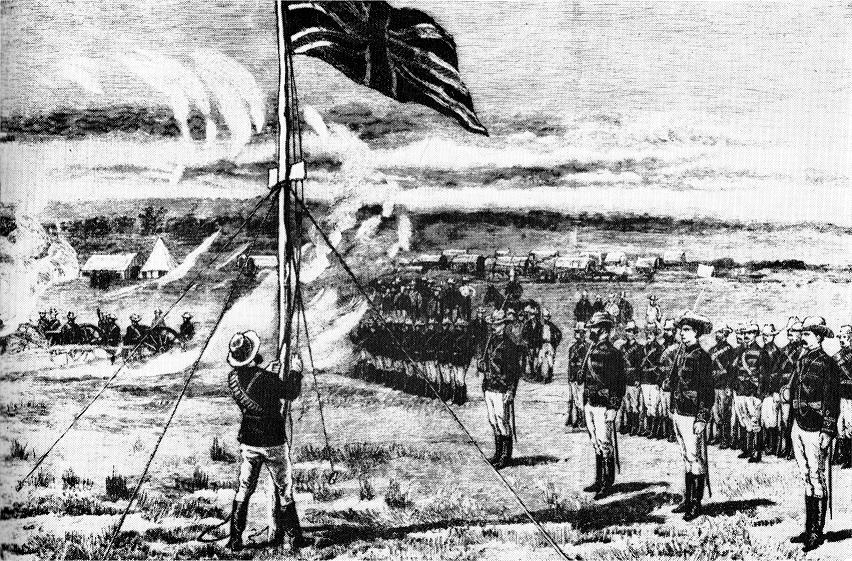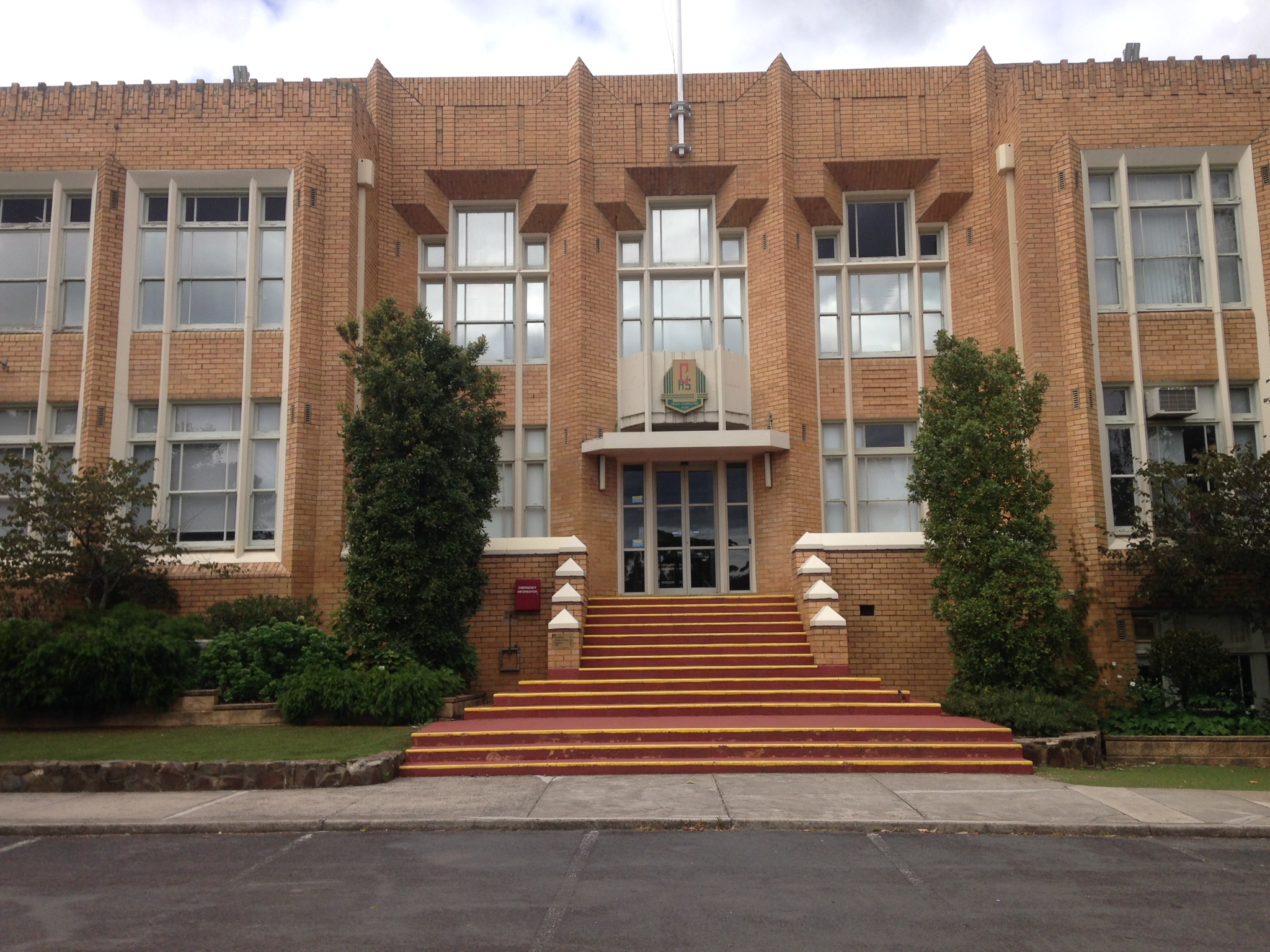|
Mount Pleasant School, Harare
Mount Pleasant School is located in the suburb of Mount Pleasant, Harare, Mount Pleasant, Harare, Zimbabwe. The school came into being on 1 January 1957 as Mt. Pleasant Boys’ High school. In 1969 the first girls were enrolled and it became a co-educational institution know simply as Mt Pleasant High School. The school has since been making great strides over the years to improve the education of its learners and even more recently through its recently established digital learning program for pupils and teachers. The school motto "... a man of understanding walks upright" comes from Book of Proverbs, Proverbs 15:21. The school emblem is the impala, hence the designation ''Old Impalian'' for old boys and old girls. Mount Pleasant School was ranked 58th out of the top 100 best high schools in Africa by ''Africa Almanac'' in 2003, based upon quality of education, student engagement, strength and activities of alumni, school profile, internet and news visibility. References [...More Info...] [...Related Items...] OR: [Wikipedia] [Google] [Baidu] |
Book Of Proverbs
The Book of Proverbs ( he, מִשְלֵי, , "Proverbs (of Solomon)") is a book in the third section (called Ketuvim) of the Hebrew Bible and a book of the Christian Old Testament. When translated into Greek and Latin, the title took on different forms: in the Greek Septuagint (LXX) it became (, "Proverbs"); in the Latin Vulgate the title was , from which the English name is derived. Proverbs is not merely an anthology but a "collection of collections" relating to a pattern of life which lasted for more than a millennium. It is an example of the biblical wisdom literature, and raises questions of values, moral behaviour, the meaning of human life, and right conduct, and its theological foundation is that "the fear of God (meaning submission to the will of God) is the beginning of wisdom". Wisdom is praised for her role in creation; God acquired her before all else, and through her he gave order to chaos; and since humans have life and prosperity by conforming to the order ... [...More Info...] [...Related Items...] OR: [Wikipedia] [Google] [Baidu] |
Mount Pleasant, Harare
Mount Pleasant is a residential suburb of Harare, Zimbabwe, located in the northern part of the city. Originally a farm, the area was developed for housing in the early 20th-century and was a white suburb until Zimbabwe's independence in 1980. Today, Mount Pleasant is a multiracial community and is one of Harare's more affluent suburbs. Mount Pleasant contains a number of shopping centres and businesses. The suburb is home to three secondary schools and five primary schools. The University of Zimbabwe, the oldest and top-ranked university in Zimbabwe, is located in Mount Pleasant, as are Zimbabwe Open University and Arrupe Jesuit University. There are two athletic clubs in Mount Pleasant, the Old Georgians Sports Club and Mount Pleasant Sports Club. The area is represented in Parliament by the Mount Pleasant constituency. Mount Pleasant is bordered by the Avondale West, Vainona, Emerald Hill, Belgravia, and Marlborough suburbs. History Mount Pleasant was originally a farm, a ... [...More Info...] [...Related Items...] OR: [Wikipedia] [Google] [Baidu] |
Harare
Harare (; formerly Salisbury ) is the Capital city, capital and most populous city of Zimbabwe. The city proper has an area of 940 km2 (371 mi2) and a population of 2.12 million in the 2012 census and an estimated 3.12 million in its metropolitan area in 2019. Situated in north-eastern Zimbabwe in the country's Mashonaland region, Harare is a metropolitan Harare Province, province, which also incorporates the municipalities of Chitungwiza and Epworth, Zimbabwe, Epworth. The city sits on a plateau at an elevation of above sea level and its climate falls into the subtropical highland category. The city was founded in 1890 by the Pioneer Column, a small military force of the British South Africa Company, and named Fort Salisbury after the UK Prime Minister Robert Gascoyne-Cecil, 3rd Marquess of Salisbury, Lord Salisbury. Company Company rule in Rhodesia, administrators demarcated the city and ran it until Southern Rhodesia achieved responsible government in 1923. Salisb ... [...More Info...] [...Related Items...] OR: [Wikipedia] [Google] [Baidu] |
Harare Province
Harare Metropolitan Province () is a province in northeastern Zimbabwe. It comprises Harare, the country's capital and most populous city, and two other municipalities . Originally part of Mashonaland Province, in 1983 the province was divided into three large provinces, Mashonaland Central, Mashonaland East, and Mashonaland West, while the city of Harare became its own metropolitan province, along with two nearby cities. Harare Province is divided into four districts. Oliver Chidawu is the current Minister of State for Provincial Affairs, Harare Metropolitan Province, since March 2019. provincial governor. Harare Province has an area of , equal to 0.22% of the total area of Zimbabwe. It is the second-smallest in area of the country's provinces, after the city-province of Bulawayo. As of the 2022 census, the province has a population of 2,427,209, [...More Info...] [...Related Items...] OR: [Wikipedia] [Google] [Baidu] |
Zimbabwe
Zimbabwe (), officially the Republic of Zimbabwe, is a landlocked country located in Southeast Africa, between the Zambezi and Limpopo Rivers, bordered by South Africa to the south, Botswana to the south-west, Zambia to the north, and Mozambique to the east. The capital and largest city is Harare. The second largest city is Bulawayo. A country of roughly 15 million people, Zimbabwe has 16 official languages, with English, Shona language, Shona, and Northern Ndebele language, Ndebele the most common. Beginning in the 9th century, during its late Iron Age, the Bantu peoples, Bantu people (who would become the ethnic Shona people, Shona) built the city-state of Great Zimbabwe which became one of the major African trade centres by the 11th century, controlling the gold, ivory and copper trades with the Swahili coast, which were connected to Arab and Indian states. By the mid 15th century, the city-state had been abandoned. From there, the Kingdom of Zimbabwe was established, fol ... [...More Info...] [...Related Items...] OR: [Wikipedia] [Google] [Baidu] |
Secondary School
A secondary school describes an institution that provides secondary education and also usually includes the building where this takes place. Some secondary schools provide both '' lower secondary education'' (ages 11 to 14) and ''upper secondary education'' (ages 14 to 18), i.e., both levels 2 and 3 of the ISCED scale, but these can also be provided in separate schools. In the US, the secondary education system has separate middle schools and high schools. In the UK, most state schools and privately-funded schools accommodate pupils between the ages of 11–16 or 11–18; some UK private schools, i.e. public schools, admit pupils between the ages of 13 and 18. Secondary schools follow on from primary schools and prepare for vocational or tertiary education. Attendance is usually compulsory for students until age 16. The organisations, buildings, and terminology are more or less unique in each country. Levels of education In the ISCED 2011 education scale levels 2 and ... [...More Info...] [...Related Items...] OR: [Wikipedia] [Google] [Baidu] |
Impala
The impala or rooibok (''Aepyceros melampus'') is a medium-sized antelope found in eastern and southern Africa. The only extant member of the genus ''Aepyceros'' and tribe Aepycerotini, it was first described to European audiences by German zoologist Hinrich Lichtenstein in 1812. Two subspecies are recognised—the common impala, and the larger and darker black-faced impala. The impala reaches at the shoulder and weighs . It features a glossy, reddish brown coat. The male's slender, lyre-shaped horns are long. Active mainly during the day, the impala may be gregarious or territorial depending upon the climate and geography. Three distinct social groups can be observed: the territorial males, bachelor herds and female herds. The impala is known for two characteristic leaps that constitute an anti-predator strategy. Browsers as well as grazers, impala feed on monocots, dicots, forbs, fruits and acacia pods (whenever available). An annual, three-week-long rut takes ... [...More Info...] [...Related Items...] OR: [Wikipedia] [Google] [Baidu] |



